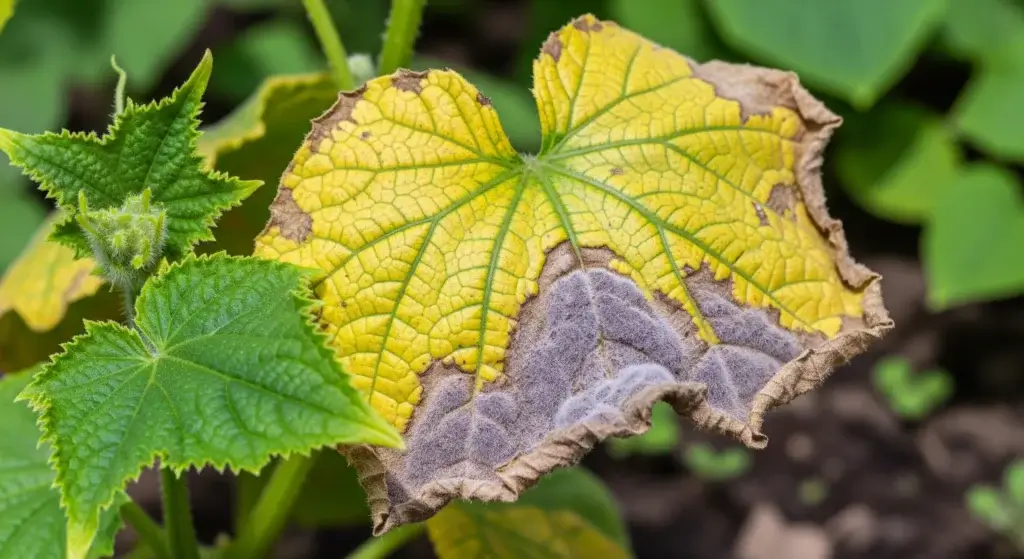
Creating a thriving garden is a joy for any nature enthusiast, but pesky aphids can quickly turn that joy into frustration.
Fear not, though, as we’ve got you covered with this comprehensive guide on natural aphid prevention.
Say goodbye to those tiny invaders and hello to a vibrant, healthy garden!
What are Aphids?
Aphids are tiny, soft-bodied insects that belong to the superfamily Aphidoidea.
They’re commonly called greenfly or blackfly, although their color can vary widely depending on the species.
Here’s a breakdown of their key characteristics:
- Read also: Harnessing the Power of Ladybugs for Effective Aphid Control
- Read also: A Guide to Aphid Control on Your Roses
Size
Most species are only about 2-4 millimeters long (1/16-1/8 inches), making them quite difficult to spot individually.
Shape
They have pear-shaped bodies with antennas sticking out from their heads.
Distinguishing feature
Two tube-like structures called “cornicles” at the end of their abdomen are their most distinct feature.
Color
They can be green, yellow, red, brown, or black, often depending on the type of plant they’re feeding on.
Some species have a fuzzy, woolly appearance due to a waxy secretion.
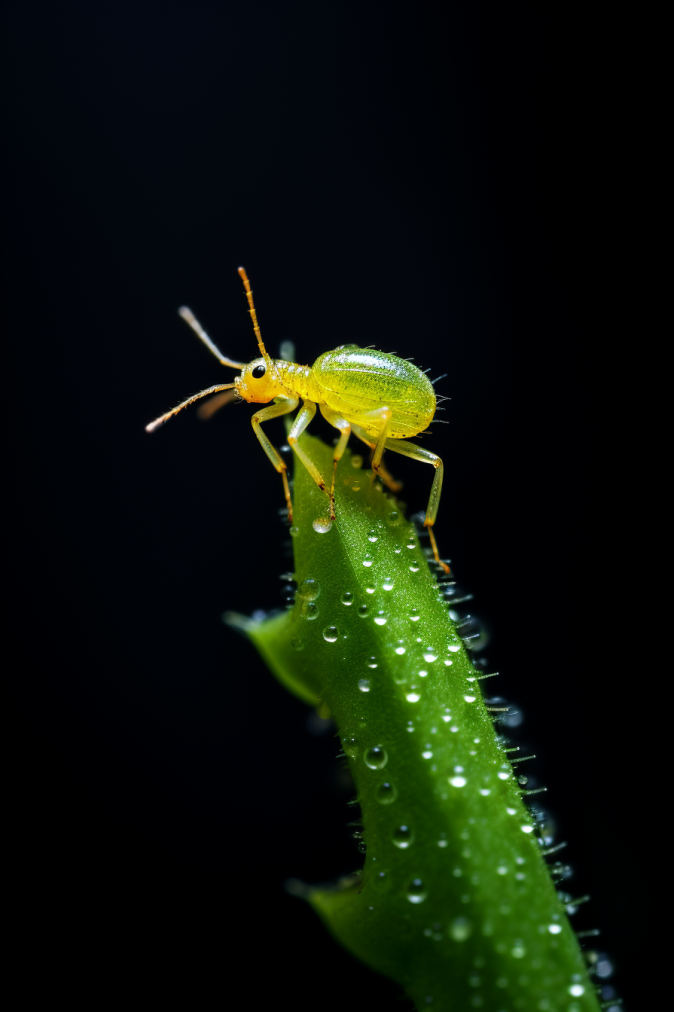
What is the primary dietary preference of aphids?
Aphids mainly feed on plant sap, using their specialized mouthparts to pierce plant tissues and extract nutrient-rich fluids.
Their focus is on the vascular system of plants, where they draw out vital fluids.
Although this sap-sucking behavior sustains the aphids, it can harm the plants by causing weakened growth, distorted leaves, and an overall decline in plant health.
Essentially, aphids depend on plant sap as their primary source of nutrition.
What Kind of Conditions do Aphids Like the Most?
Creating an environment that discourages aphids is crucial for maintaining a healthy garden.
Understanding these conditions can help gardeners take proactive measures to prevent infestations.
Here’s a breakdown of the conditions that aphids find most favorable:
Warm temperatures
Aphids prefer warm weather, typically between 65°F to 80°F (18°C to 27°C).
During these temperatures, aphids reproduce more rapidly, leading to larger populations in a short period.
Low humidity
Aphids thrive in low-humidity environments, aphids don’t like dry conditions.
While they need some moisture, heavy rain can wash them off plants, so they prefer sheltered areas.
Succulent plant growth
Aphids are drawn to plants with soft, succulent growth, such as newly emerging leaves, buds, and flowers.
These tender plant parts provide the ideal feeding ground for aphids, as they contain the nutrients and moisture the pests need.
Nutrient-rich plants
Aphids are attracted to plants rich in nitrogen, as these plants tend to have lush, succulent growth.
Excessive use of nitrogen-based fertilizers can contribute to the development of aphid-friendly conditions.
Lack of natural predators
In an environment where natural predators like ladybugs, lacewings, and parasitic wasps are scarce, aphid populations can quickly get out of control.
Overcrowded planting
Planting too closely or overcrowding plants can create a favorable microclimate for aphids.
Adequate spacing allows for better air circulation and makes it more challenging for aphids to move from plant to plant.
Persistent weeds
Weeds can serve as hosts for aphids, providing them with alternative places to feed and reproduce.
Regular weeding can help eliminate potential aphid habitats.
Absence of strong winds
Windy conditions can make it difficult for aphids to cling to plants and feed effectively
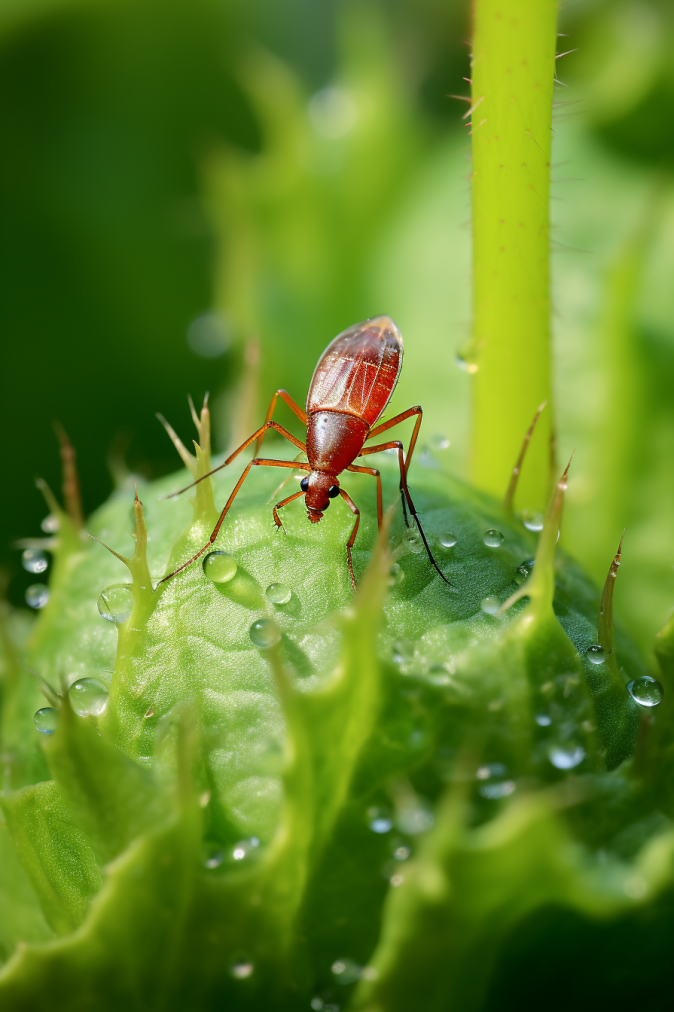
How to Identify Aphid Invasion?
Identifying an aphid invasion in your garden at an early stage is key to preventing potential damage.
By paying attention to specific signs and indicators, you can take prompt action to control the infestation.
Here’s a detailed guide on how to identify aphid presence:
Curled leaves
One of the first noticeable signs of aphid infestation is the curling of leaves.
Aphids often feed on the sap of young leaves, causing them to curl, distort, or become misshapen.
Yellowing plants
Aphids extract vital nutrients from plants, leading to a yellowing of the foliage.
The yellowing is a result of the sap-sucking behavior of aphids, which can weaken the plant and hinder its overall health.
Honeydew presence
Aphids excrete a sugary substance known as honeydew while feeding on plant sap.
Look for a sticky residue on leaves or the ground beneath the infested plants, as this is a clear sign of aphid activity.
Ants in the area
Ants are often attracted to honeydew, acting as “farmers” who protect aphids from predators.
If you observe an unusual concentration of ants on your plants, it may indicate an underlying aphid infestation.
Sooty mold growth
The honeydew produced by aphids serves as a substrate for sooty mold growth.
Black, powdery mold on leaves or surrounding surfaces can be a secondary indication of aphid presence.
Stunted plant growth
Aphids can hinder the growth of plants by sapping their nutrients.
If you notice stunted growth or lack of vigor in your plants, it could be a result of an aphid infestation.
Distorted shoots and buds
Aphids target new growth, causing distortion of shoots, buds, and other tender plant parts.
Inspect the growing tips and buds for signs of deformities or abnormalities.
White cast skins
As aphids molt, they leave behind white cast skins on plant surfaces.
These shed skins can be an additional visual cue for identifying aphid presence during close inspection.
Sticky traps
Placing yellow sticky traps near plants can help capture flying aphids.
Examining these traps regularly can give you an early indication of aphid activity in the area.
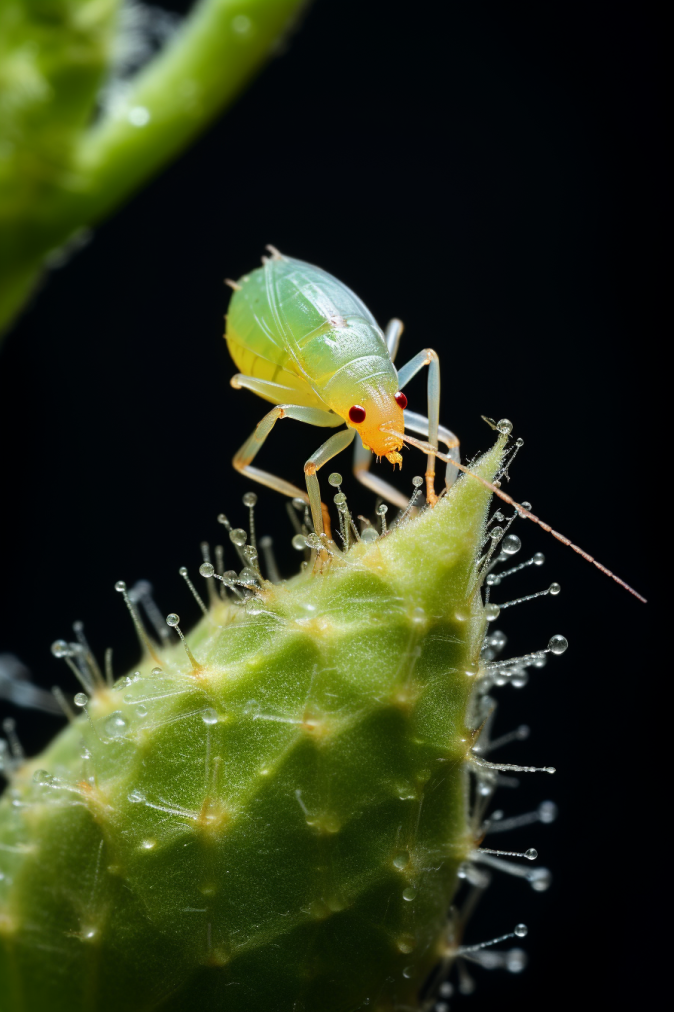
How to Prevent Aphids Naturally?
Attract beneficial predators
Ladybugs, lacewings, hoverflies, and parasitic wasps are aphid munchers!
Plant flowers like dill, fennel, alyssum, and nasturtiums to attract these beneficial insects.
Provide them shelter with rock piles or ladybird houses.
Companion planting
Certain plants deter aphids with their scent or confuse them with their camouflage.
Interplant your vegetables with herbs like chives, garlic, rosemary, and mint, or flowers like marigolds and nasturtiums.
Encourage plant health
Healthy plants are more resistant to pests. Ensure proper watering, and drainage, and avoid over-fertilizing, which creates tender growth aphids love.
Remove potential hiding places
Eliminate weeds and debris around your plants, as they can harbor aphids and their eggs.
Control ant populations
Ants sometimes “farm” aphids for the honeydew they produce. Disrupt their colonies with ant traps or natural deterrents like cinnamon or citrus peels.
Water blast
A strong blast of water can knock aphids off your plants. Repeat every few days until the infestation is under control.
Insecticidal soap spray
Mix a few tablespoons of mild soap (castile soap is ideal) with water and spray directly on aphids.
This suffocates them without harming beneficial insects.
Neem oil spray
This natural oil has insecticidal and repellent properties.
Dilute it according to package instructions and spray on affected plants.
Garlic spray
Make a garlic spray by blending garlic cloves with water and straining the mixture.
Spray the garlic solution on plants to repel aphids due to its strong odor.
Pepper spray
Create a homemade pepper spray by mixing hot peppers or cayenne powder with water.
Spraying this mixture on plants creates a deterrent for aphids without harming the plants.
Diatomaceous earth
This powder, made from fossilized algae, dehydrates and kills aphids on contact.
Apply it lightly to affected areas, ensuring safety precautions for inhalation.
Regular pruning
Remove heavily infested or damaged plant parts promptly.
Pruning helps eliminate aphid colonies and enhances airflow, reducing the risk of infestation.
- Read also: Cabbage Aphid Control: Effective Strategies for a Healthy Garden
- Read also: Effective Aphid Control Strategies for Indoor Plants
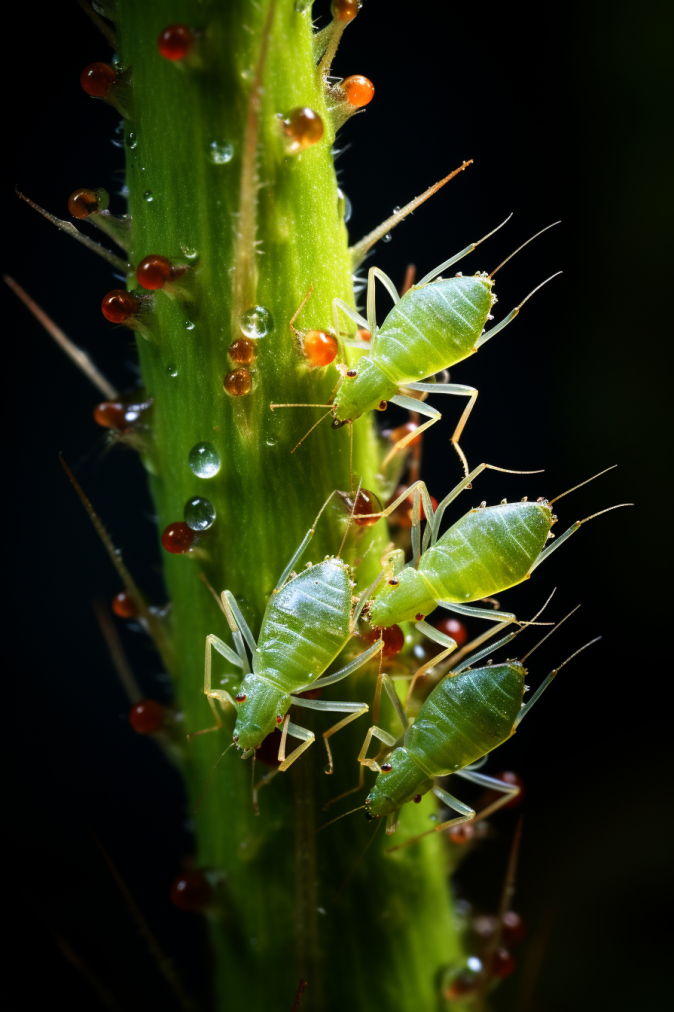
Conclusion
Achieving a stunning garden free from pests demands a hands-on approach to prevent aphids.
Incorporating these natural techniques allows you to safeguard your plants without turning to potentially harmful chemicals.
Embrace the practice of companion planting, invite beneficial insects into your garden, harness the effectiveness of neem oil, utilize homemade sprays, and stay vigilant through regular inspections.
Frequently Ask Questions
No, aphids do not pose a direct threat to humans. They primarily feed on plants and are not known to transmit diseases to humans.
While chemical pesticides can be effective, they may also harm beneficial insects and disrupt the ecosystem. Opting for natural solutions is a more sustainable and eco-friendly approach.
Yes, certain essential oils like peppermint, garlic, and rosemary can be effective in repelling aphids. Dilute them with water and spray on plants for a natural deterrent.



